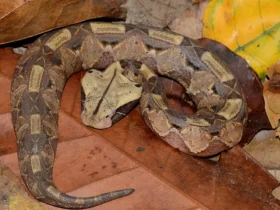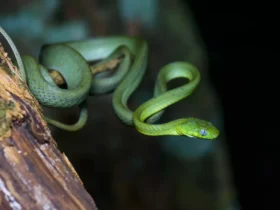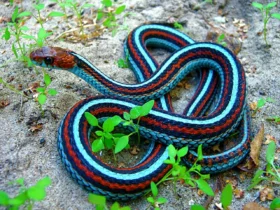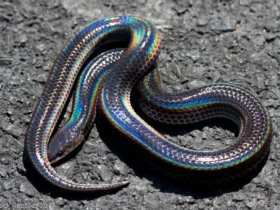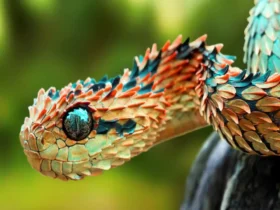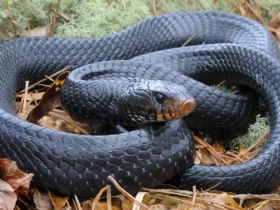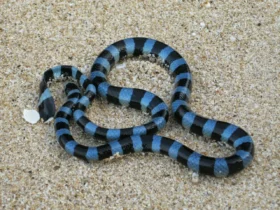In the depths of the Amazon rainforest resides a stunning creature known as Guibe’s Flame Snake (Oxyrhopus guibei). With its vibrant colors and graceful movements, this serpent captures the attention of anyone lucky enough to catch a glimpse. In this article, we will explore the fascinating features and unique characteristics of Guibe’s Flame Snake, highlighting its natural habitat, physical attributes, and behavior.
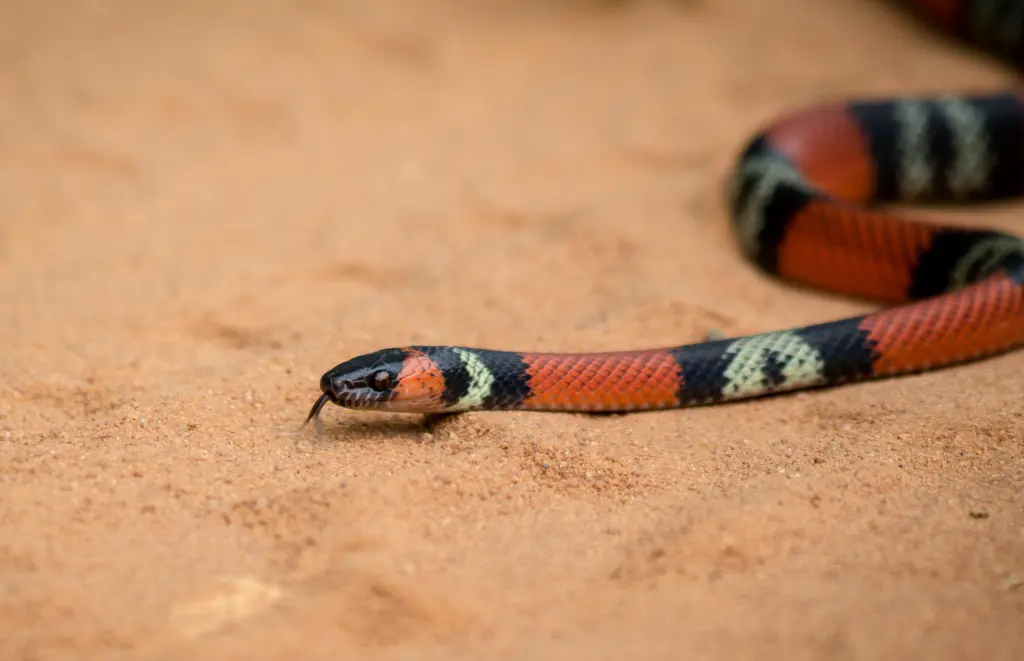
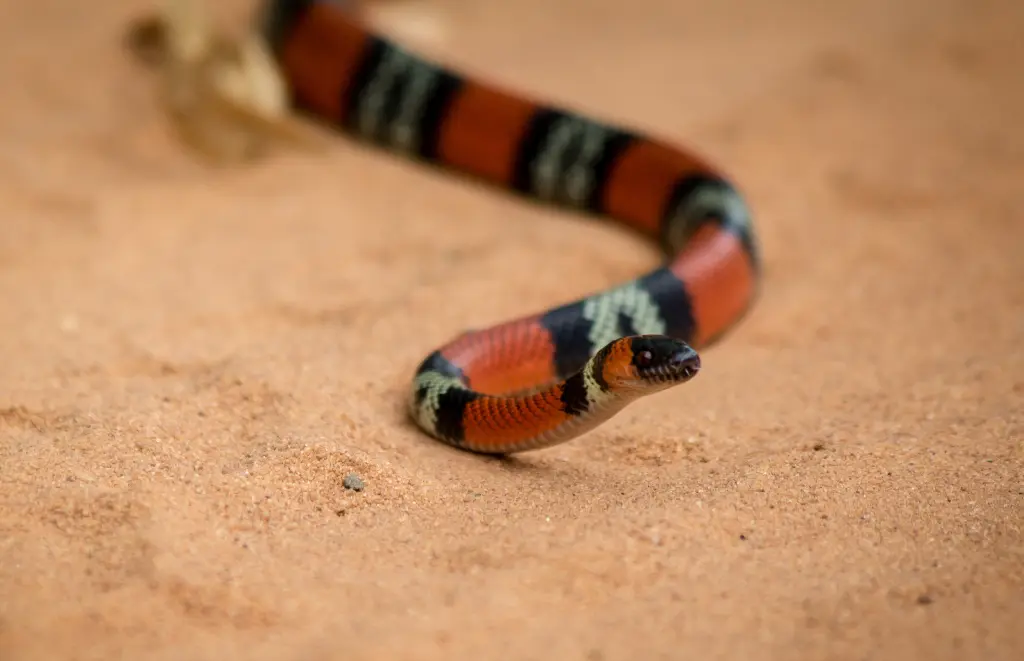
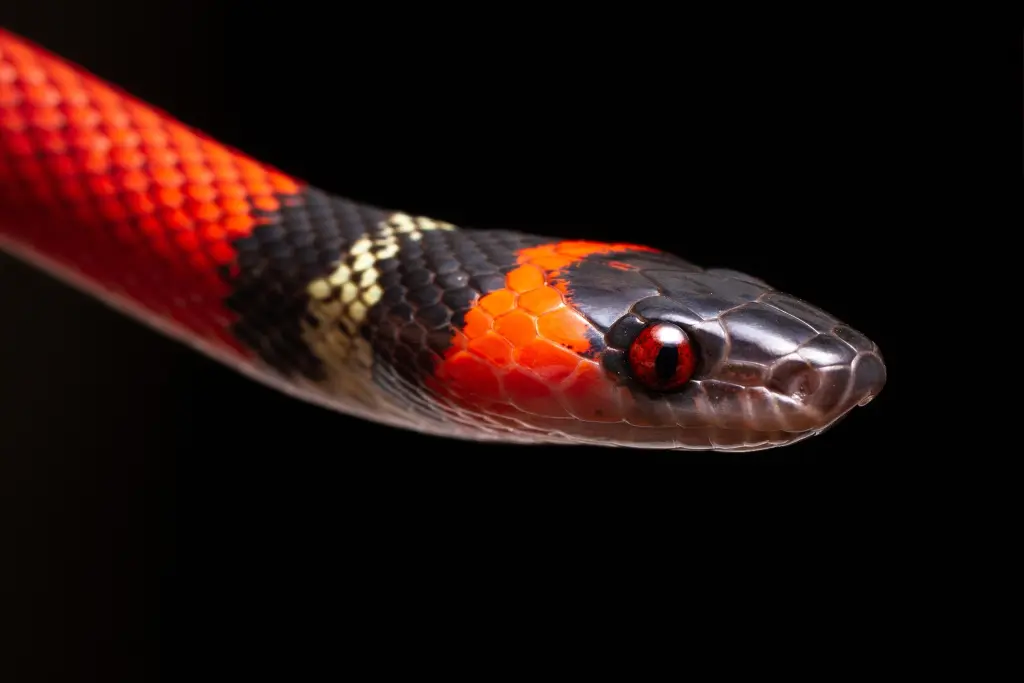
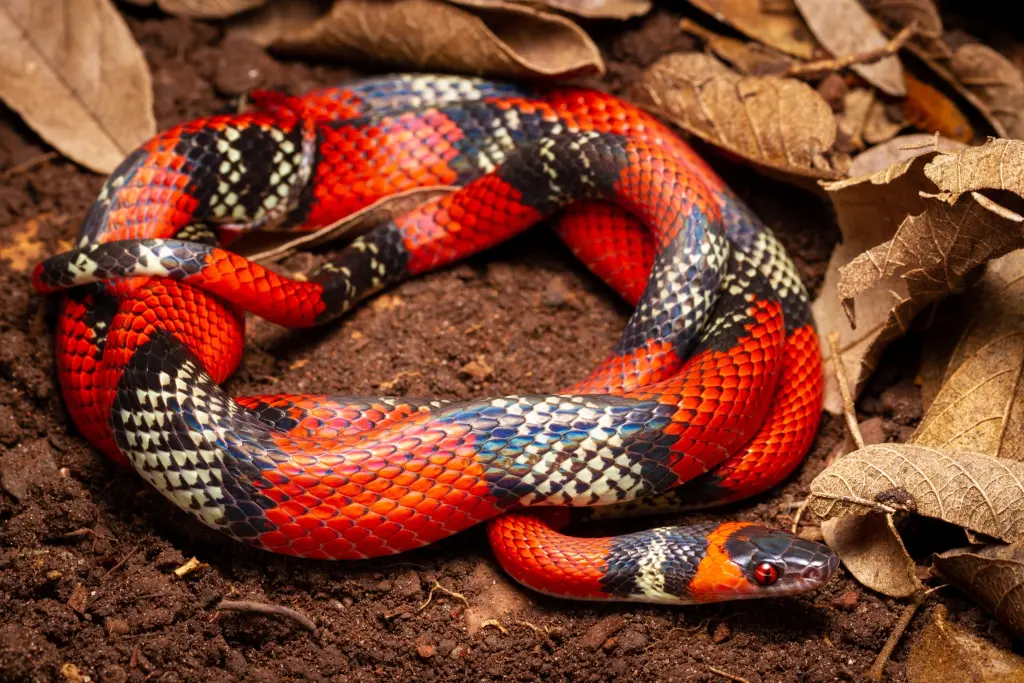
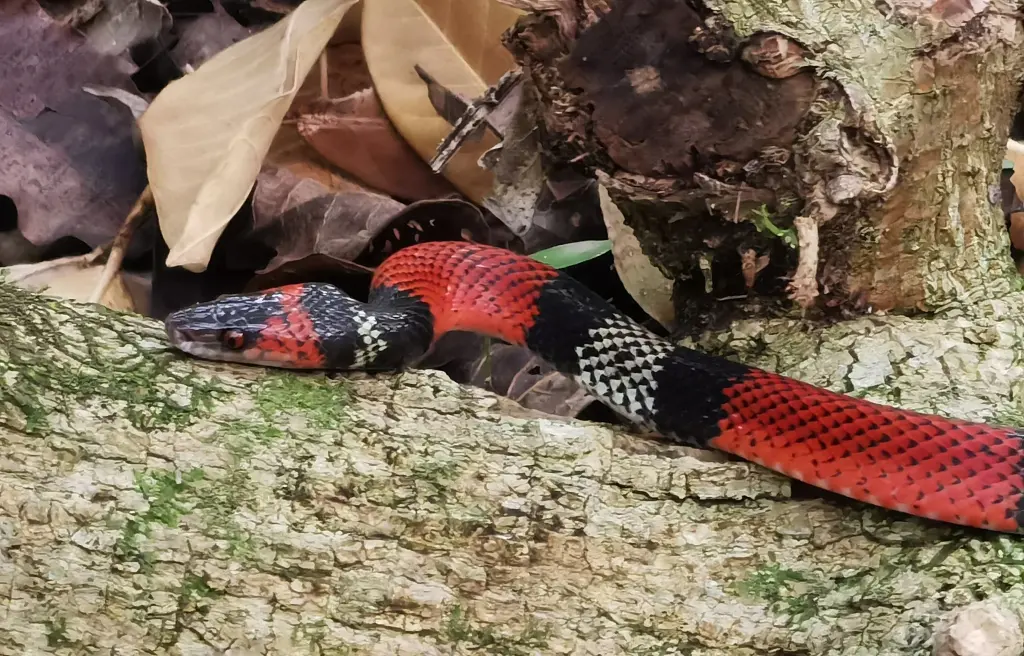
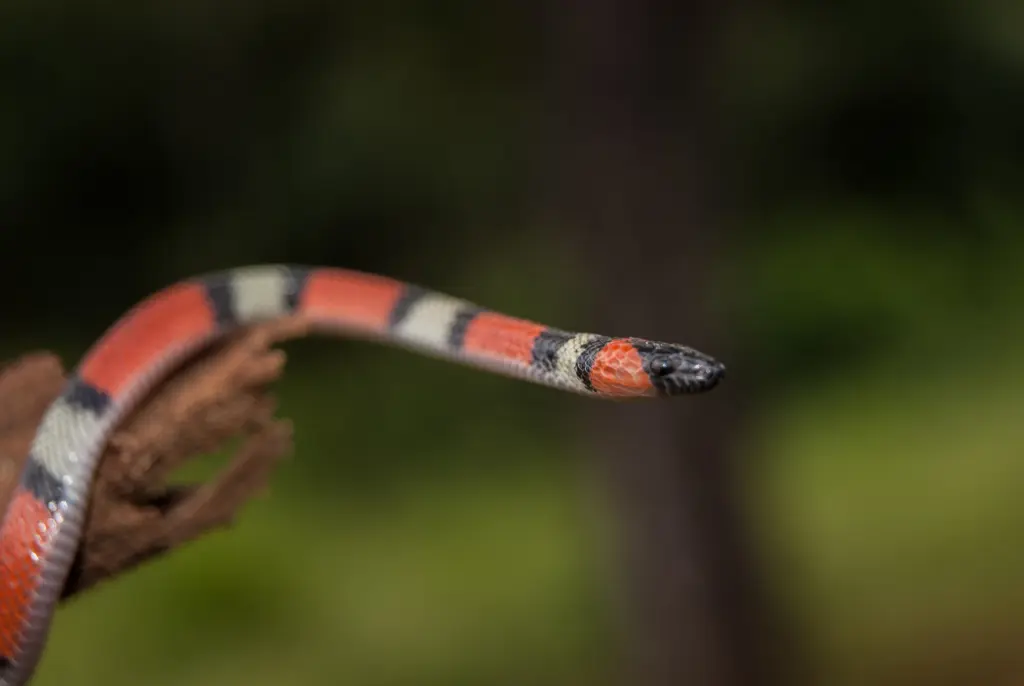
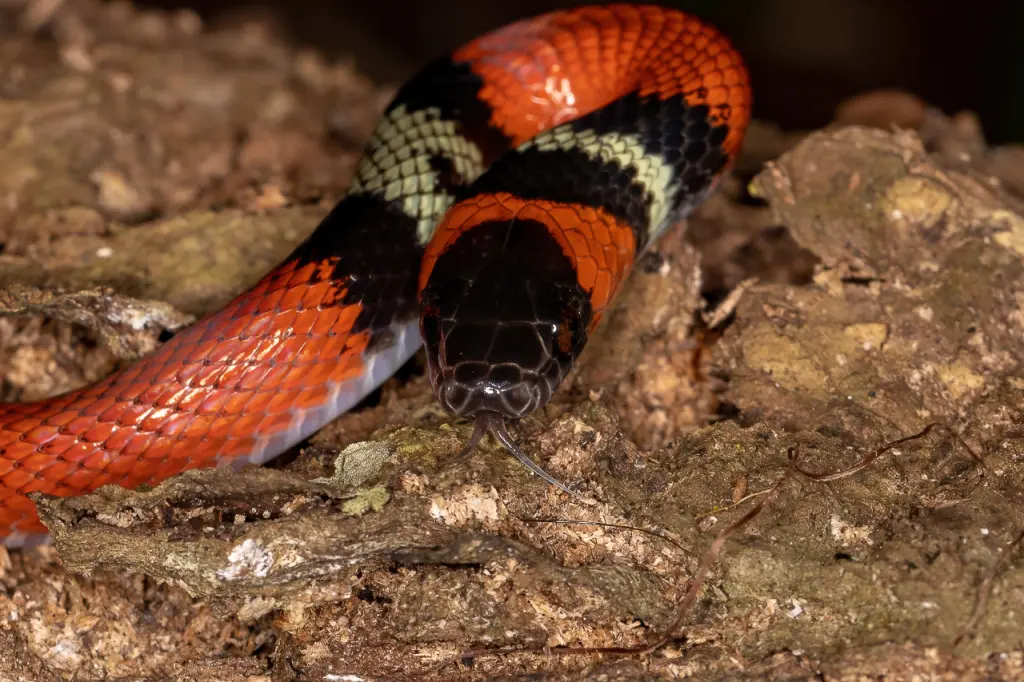
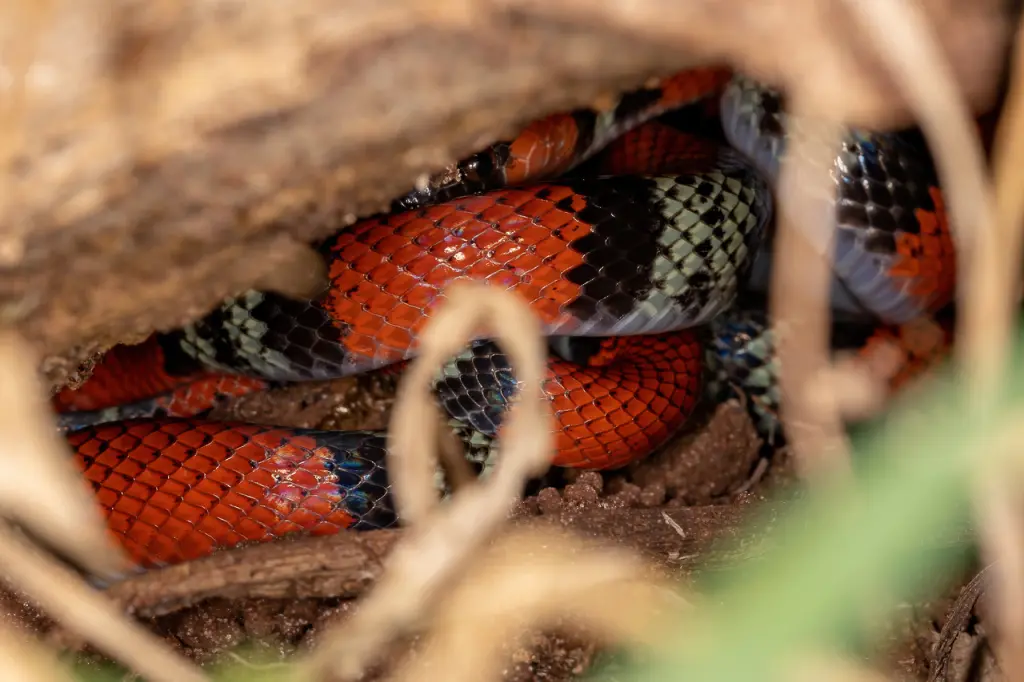
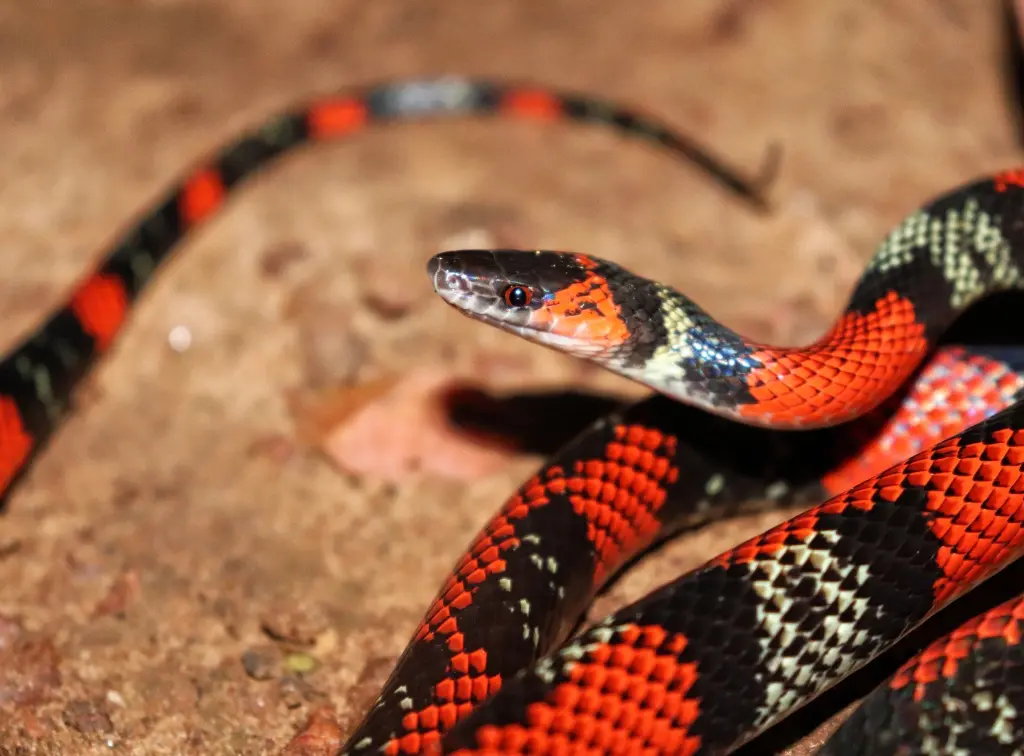
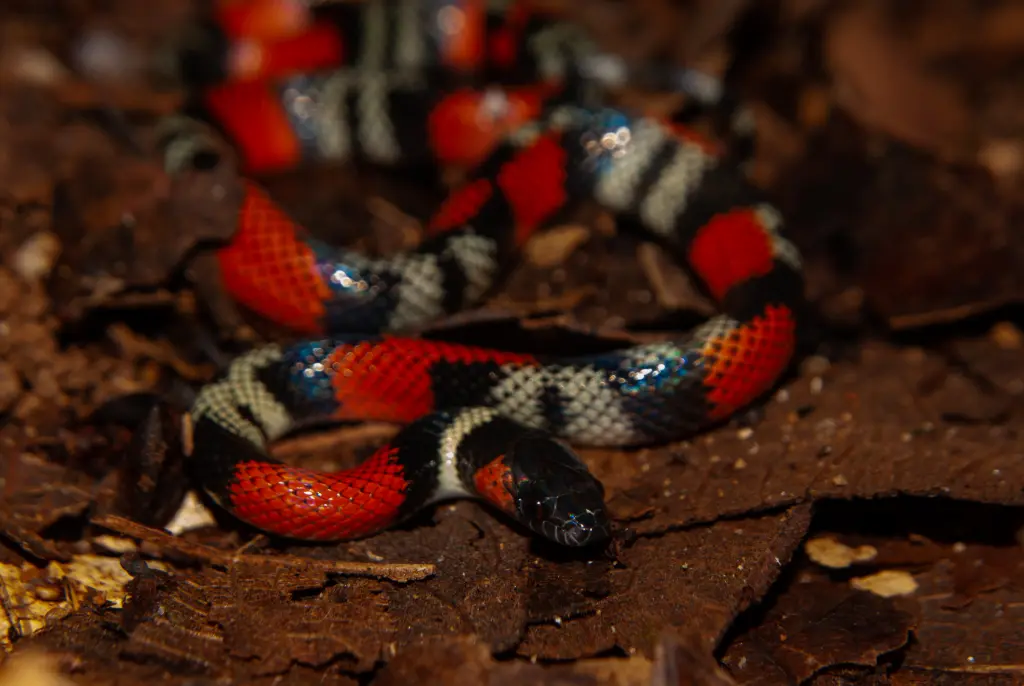
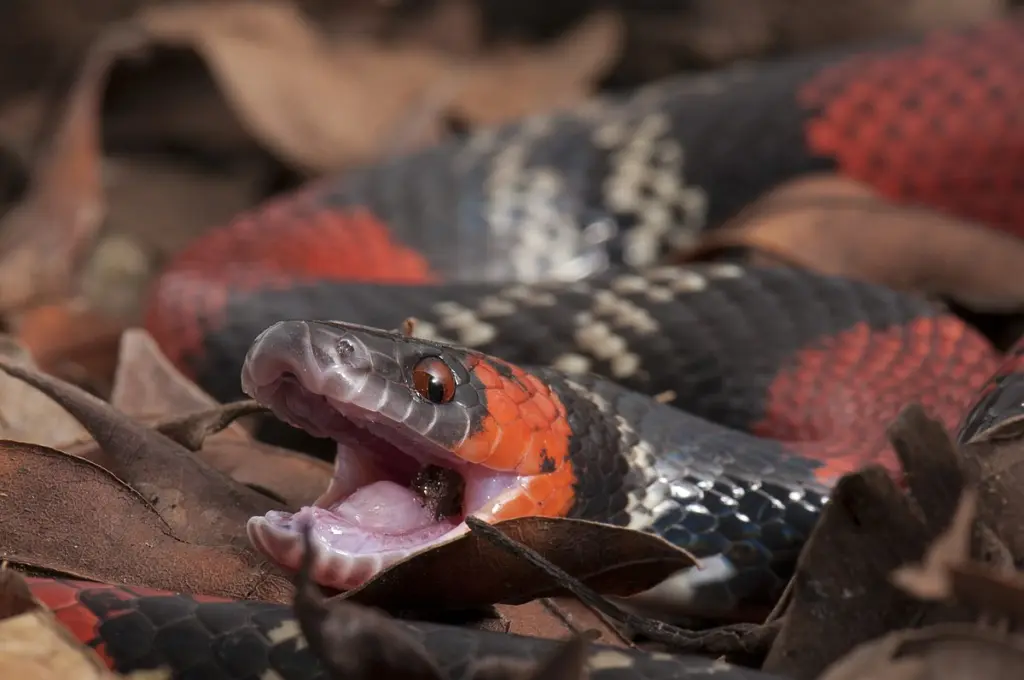
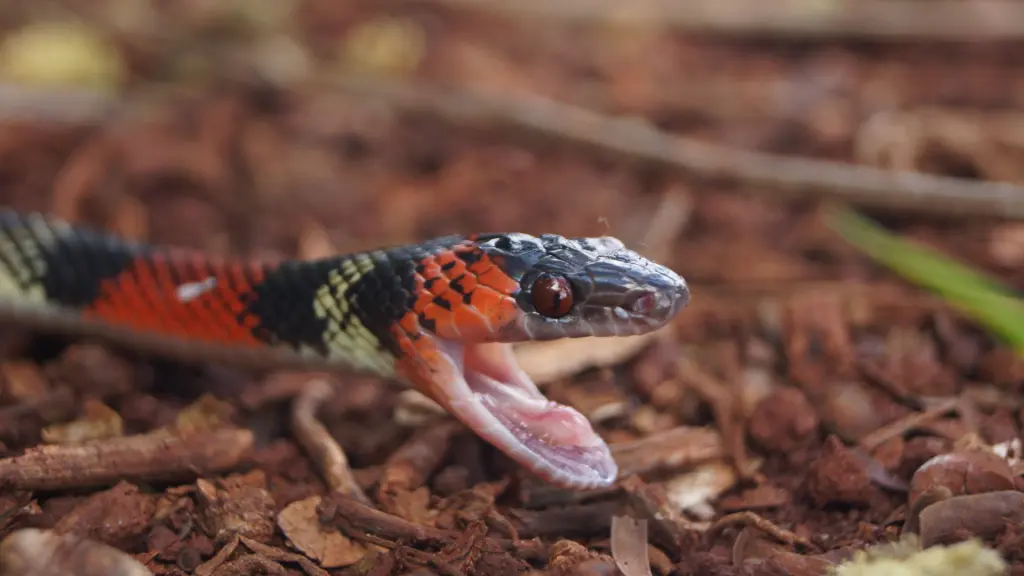
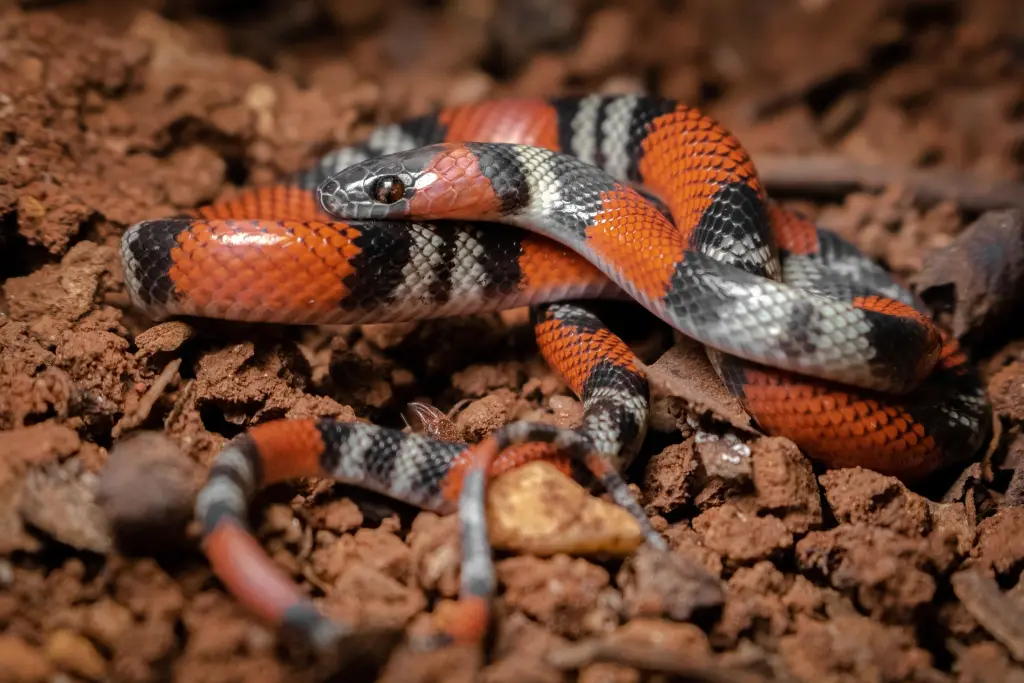
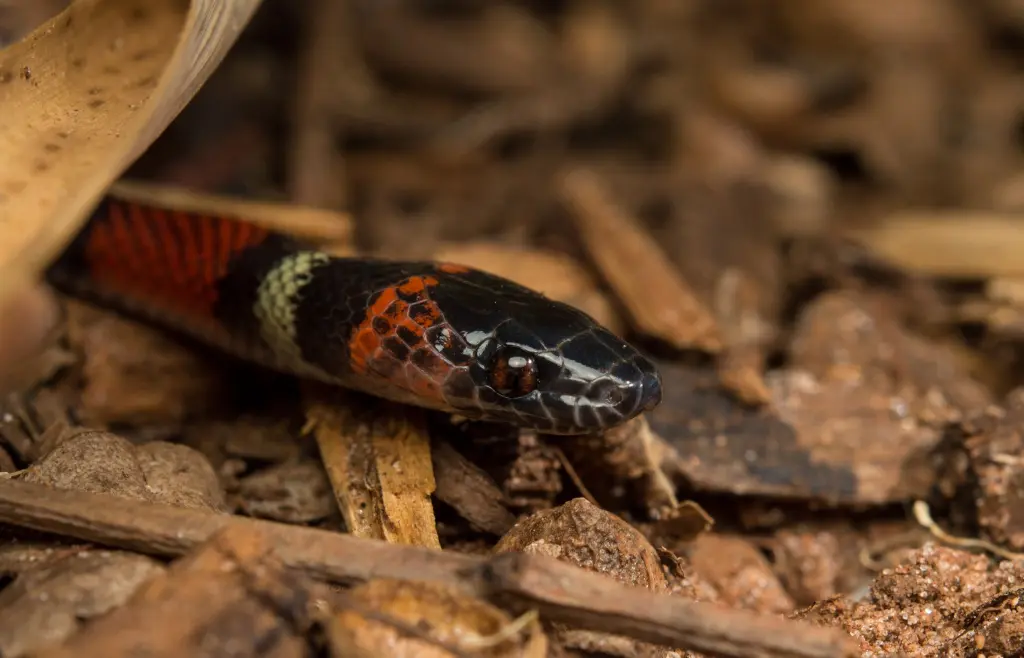
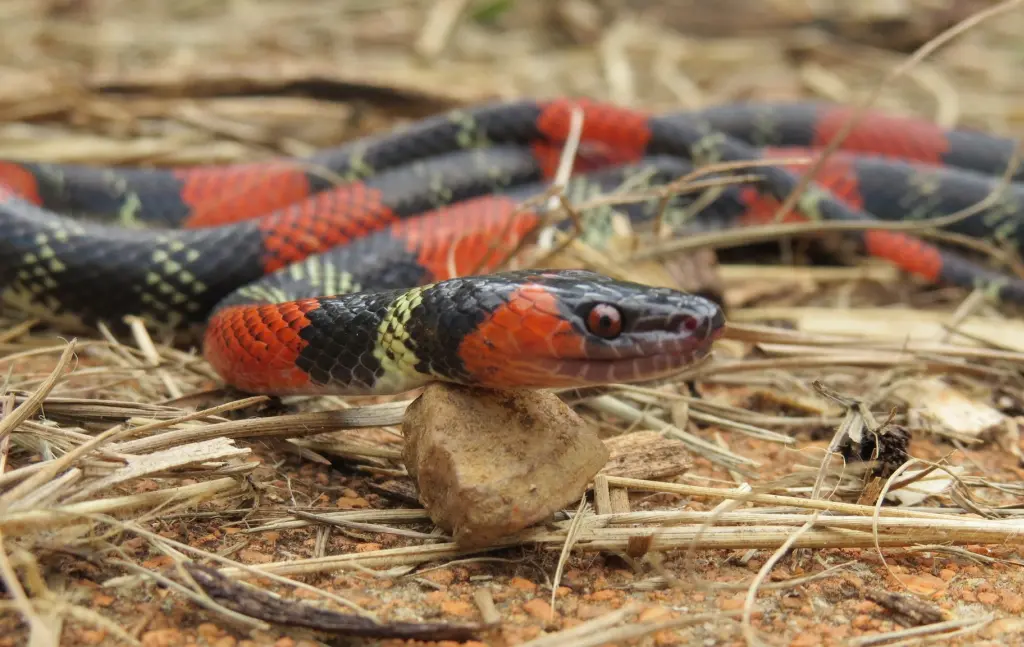
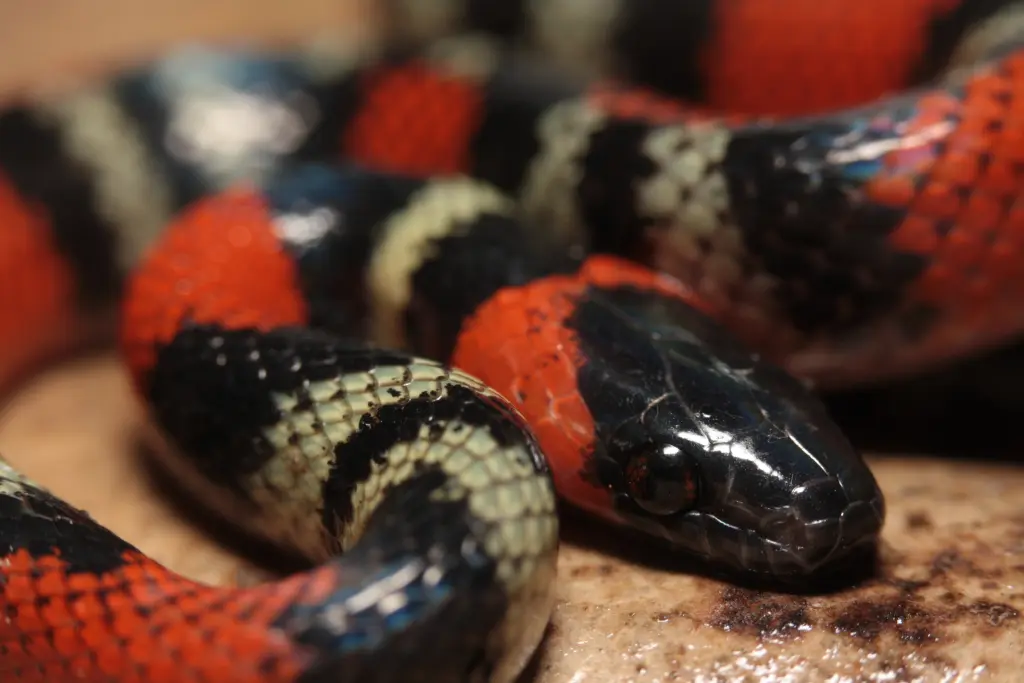
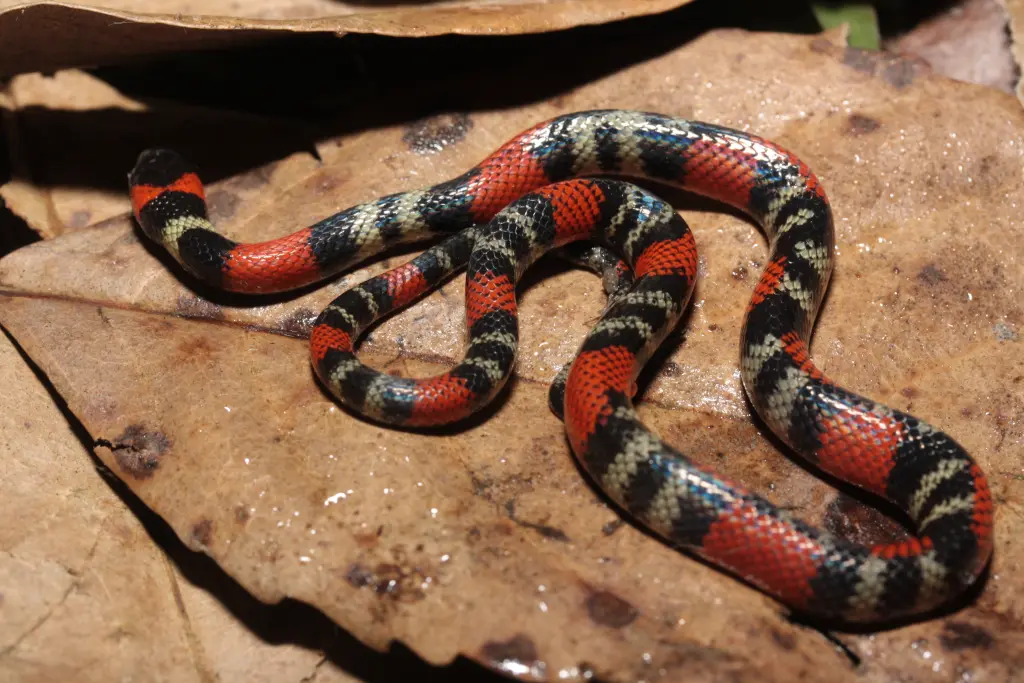
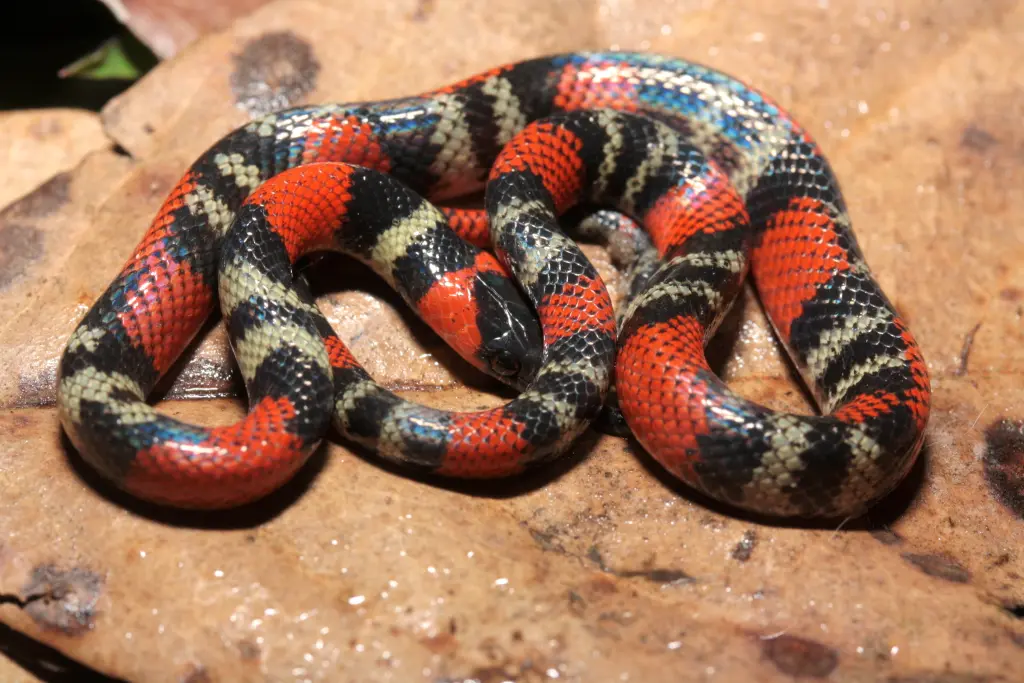
Habitat and Distribution
Guibe’s Flame Snake is endemic to the Amazon rainforest, making its home in the dense vegetation of South America. It can be found in several countries including Brazil, Peru, Ecuador, and Colombia. These snakes are highly adaptable and can thrive in a variety of habitats within the rainforest, from lowland forests to elevated regions. However, they prefer areas near bodies of water, such as rivers and streams, as it provides them with a constant source of prey.
Physical Appearance
One of the most striking features of Guibe’s Flame Snake is its vibrant coloration. Their slender bodies are adorned with a pattern of fiery orange, contrasting beautifully against a jet-black background. This unique color combination serves as a warning to potential predators, indicating that they are venomous. While their venom is not considered dangerous to humans, it is potent enough to subdue their preferred prey, which primarily consists of small amphibians and reptiles.
Guibe’s Flame Snake exhibits sexual dimorphism, meaning that males and females display distinct physical characteristics. Males tend to be slightly smaller than females and possess a more slender build. Additionally, males have a reddish or pinkish coloration on their bellies, while females have a yellowish or cream-colored underside.
Behavior and Feeding Habits
Guibe’s Flame Snake is a diurnal species, meaning it is most active during the day. It is a non-venomous constrictor, relying on its muscular body to subdue and immobilize its prey. When hunting, these snakes rely on their excellent eyesight and sense of smell to locate potential meals. Their diet mainly consists of small amphibians, lizards, and occasionally small rodents. By consuming these creatures, Guibe’s Flame Snake plays a vital role in maintaining the delicate balance of the rainforest ecosystem.
Reproduction
During the breeding season, which typically occurs between the months of November and February, male Guibe’s Flame Snakes engage in combat to compete for the attention of females. These mating battles involve intertwining their bodies and pushing against each other, with the stronger male prevailing as the victor. Once a successful male has secured a mate, the female will lay a clutch of eggs, usually numbering around 10 to 15, in a hidden location such as decaying vegetation or tree hollows. The eggs are left to incubate for several weeks before hatching, with the young snakes being fully independent from birth.
Final Thought
Guibe’s Flame Snake, with its stunning colors and fascinating behaviors, is a true marvel of the Amazon rainforest. This species serves as a testament to the incredible biodiversity found in this unique ecosystem. While Guibe’s Flame Snake faces threats and challenges in its natural habitat, it continues to thrive, offering researchers and wildlife enthusiasts a window into the wonders of the natural world. By appreciating and understanding this remarkable serpent, we can further appreciate the intricate tapestry of life that exists in the Amazon rainforest.
